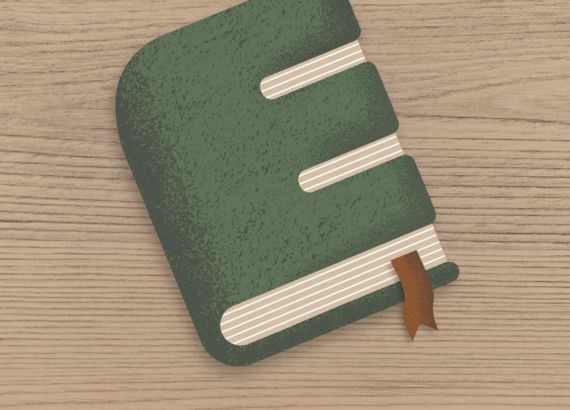Three Selves and IPNB – Ep 13

Listen in to hear Bridger and Caleb complete their discussion on Allan Schore’s 2021 article by telling the story of the three selves.
This is the third episode focused on Alan Schore’s article on the Interpersonal Neurobiology of Intersubjectivity. Check out the first two, episode 11 and episode 12.
The Story of the Three Selves
- In memory, there exists both the detection of your internal and external experiences of being and then the shaping of the literal physiology of the human being through those experiences and then a changed behavior afterward. This is the emergence of the three selves.
- Picture a big wooden pirate ship, with its boat deck, galley, captain’s quarters, and the mass in the center with erected sails.
- On this pirate ship, there are three cells of importance: sensing self, behaving self, and narrating self.
Sensing Self
- Sits on top of the crow’s nest, looking at the horizon and sea
- Through sensory stimuli, sensing self determines needs
- Begins to learn what stimuli are in utero
- Comes into the world with various adaptations already in place
- Once born, an explosion of “microphones” occurs all over the body
- Adaptations continue to be made through experiencing stimuli
Behaving Self
- Holds the helm, guiding the direction of the ship
- Directs behavior to meet the need identified by the sensing self
- Knows how to turn the helm based on earlier and deeper experiences of sensing self
Narrating Self
- Wears the Captain’s hat
- Interprets the information gathered by the sensing and behaving selves
- Responsible for shame
- Tells sensing and behaving selves should feel and do
- The embodiment of external pressures
- Responsible for shame
- Importantly, shame is never there without social utility
- Rather, it is used to shape behavior to ensure social cohesion and to increase social adaptability
Maps and The Three Selves
- Created by the behaving and sensing selves
- When the sensing self experiences something, it’ll flush into an affective state.
- This affective state charges a behavioral activation.
- This sequence occurs well before the narrating self is aware of the stimuli
- Maps are created through this sequence
- For example, when sensing self sees a storm cloud, behaving self then turns the ship to the left.
- This allows the ship to avoid the storm and reach homeostasis.
- In the future, when sensing self sees a similar cloud, behaving self will follow the map already created
To be human is to feel
- The sensing self is birthed in utero, and as the human grows it gains the behaving self (infancy) and then the narrating self (late childhood/early adolescence).
- As each new self is added, the human becomes enamored with them.
- Often forgetting how much the sensing self is perceiving, and the importance of those stimuli
- Even if the body is burning from the inside out, the narrating self is only concerned with arriving where it intended.
Teamwork vs Mutiny Between the Three Selves
- When there’s attunement and co-regulation between the parts, the system is able to experience more nuanced conditions and take longer journeys
- The narrating self realizes the importance of small nuances from the past
- When the three selves aren’t working together, there’s chaos on the boat
- The narrating self attempts to make changes to the maps without much context from the sensing and behaving selves
- In turn, the sensing and behaving selves do things their own way in order to feel safe
(47:24) “We’re going to then learn together over time, what it’s like to reorganize experience for the purpose of increasing connectivity, self-awareness and understanding, insight, self-compassion, and empathy and letting your behavior then reflect that, and begin to chart a course towards the actual ‘water’ you want to be in” (47:24).
- In therapy, we’re seeking to engage the mechanisms by which those selves were formed in the first place
- In an attempt to bring greater awareness of our three selves and eventually alignment and integration with each part
- Instead of yelling truths at the client, ‘speaking’ through protoconversation to allow the sensing self to know the therapist is with them in the storm, and then to show the sensing self, it’s not a storm but rather just a cloud
- When this happens, it cues a different set of actions from the behaving self, which later can make a change on the map.
“Can I match and express synchronization with you, that engages your sense self? If I can do that, I trust that the rest of the ship will get the new information and eventually follow suit, or will require new behaviors, because we’re getting new sensations. This is the corrective experience” (45:45).
Resource Links
Podcast: Play in new window | Download




Elisabeth Hays
I like the efforts you have put in this, regards for all the great content.
Danielle Gates
I’ll definitely be coming back for more.
gate h"anvisning
Your point of view caught my eye and was very interesting. Thanks. I have a question for you.